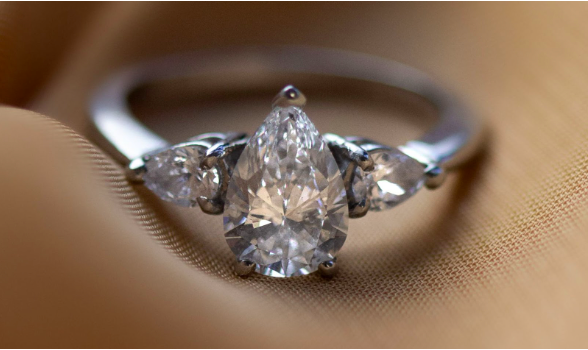Lab-Created Diamonds: A Comprehensive Guide
Lab-created diamonds, also known as synthetic or cultured diamonds, are a modern marvel of technological and scientific advancement. They are chemically, physically, and optically identical to natural diamonds, offering a compelling alternative for those seeking the beauty and value of diamonds without the traditional mining impact. This article delves into everything you need to know about lab created diamonds, from their formation and benefits to their market and impact.
What Are Lab-Created Diamonds?
Lab-created diamonds are diamonds that are produced in a controlled laboratory environment rather than being mined from the earth. They are created using advanced technological processes that replicate the natural conditions under which diamonds form. The result is a diamond that is virtually indistinguishable from a natural diamond.
The Science Behind Lab-Created Diamonds
High-Pressure High-Temperature (HPHT) Method
The HPHT method simulates the high-pressure, high-temperature conditions of the earth’s mantle, where natural diamonds form. This process involves subjecting carbon to extreme pressures and temperatures to create a diamond crystal. The HPHT method has been used for decades in industrial applications and has been refined for gem-quality diamonds.
Chemical Vapor Deposition (CVD) Method
The CVD method involves placing a small diamond seed in a chamber filled with carbon-rich gases. These gases are ionized into a plasma, and the carbon atoms deposit onto the seed, gradually forming a diamond crystal. CVD diamonds are known for their purity and can be created in a variety of colors and sizes.
Comparing Lab-Created Diamonds to Natural Diamonds
Similarities
Lab-created diamonds have the same physical and chemical properties as natural diamonds. They possess the same brilliance, fire, and scintillation due to their identical crystal structure. Both types of diamonds are graded using the same criteria, including cut, color, clarity, and carat weight.
Differences
The primary difference between lab-created and natural diamonds lies in their origin. Lab-created diamonds are made in weeks or months, while natural diamonds take millions of years to form. Additionally, lab-created diamonds are often more affordable due to lower production costs and the absence of mining.
Advantages of Lab-Created Diamonds
Ethical and Environmental Benefits
Lab-created diamonds are an ethical choice for consumers concerned about the environmental and human rights issues associated with traditional diamond mining. They are produced without the environmental degradation and conflict associated with mining practices. Furthermore, lab-created diamonds are free from the ethical concerns of “blood diamonds.”
Cost Efficiency
Lab-created diamonds are typically priced 20-40% lower than their natural counterparts. This price difference is due to the reduced cost of production and the absence of mining expenses. Consumers can often purchase a larger or higher-quality lab-created diamond for the same price as a smaller natural diamond.
Customization and Innovation
The technology behind lab-created diamonds allows for greater control over the diamond’s characteristics. This means consumers can choose from a wider range of colors, sizes, and shapes. Lab-created diamonds can also be customized to meet specific design preferences, making them a popular choice for bespoke jewelry.
The Market for Lab-Created Diamonds
Growing Popularity
The market for lab-created diamonds has been growing steadily as more consumers become aware of their benefits. Major jewelry retailers and designers are increasingly offering lab-created diamonds, and their popularity continues to rise due to their ethical and economic advantages.
Consumer Perceptions
While lab-created diamonds are gaining acceptance, some consumers still prefer natural diamonds due to their rarity and traditional value. However, as education about lab-created diamonds increases, more people are recognizing their value and benefits.
How to Choose a Lab-Created Diamond
Certification
When purchasing a lab-created diamond, it’s important to look for certification from reputable gemological laboratories. Certificates provide information about the diamond’s cut, color, clarity, and carat weight, ensuring that the diamond meets high standards of quality.
Setting and Style
Lab-created diamonds can be set in various styles, from classic solitaires to intricate designs. Consider your personal style and preferences when choosing a setting. Additionally, think about the metal used for the setting, as it can complement the diamond’s appearance.
The Future of Lab-Created Diamonds
Technological Advancements
Advancements in technology are likely to continue improving the quality and affordability of lab created diamonds. Future developments may lead to new methods of production and enhanced diamond characteristics.
Market Trends
The lab-created diamond market is expected to expand as more consumers seek sustainable and cost-effective alternatives to natural diamonds. Increased awareness and acceptance will likely drive further growth in this segment.
Conclusion
Lab-created diamonds offer a fascinating alternative to natural diamonds, combining ethical and environmental benefits with cost savings and customization options. As technology advances and consumer awareness grows, lab-created diamonds are poised to become an even more popular choice for those seeking beautiful, high-quality gemstones.

